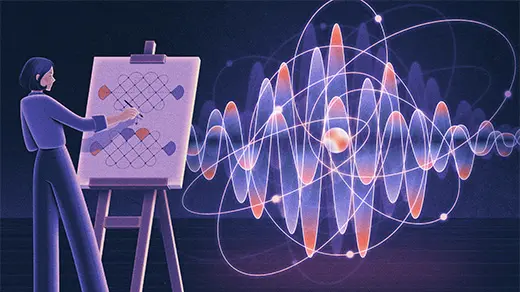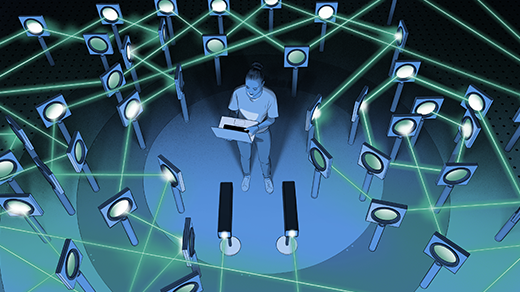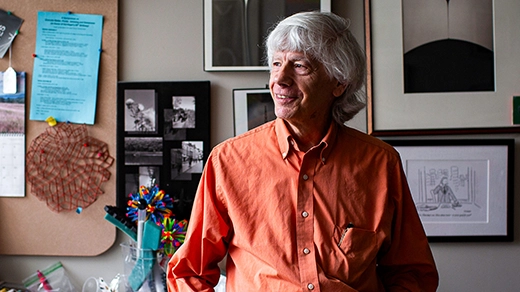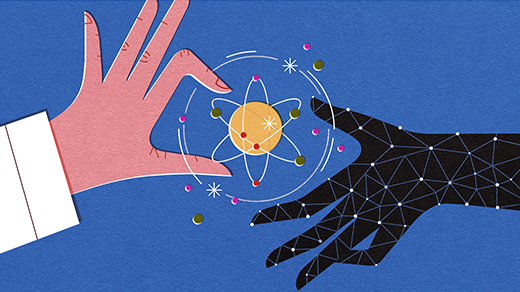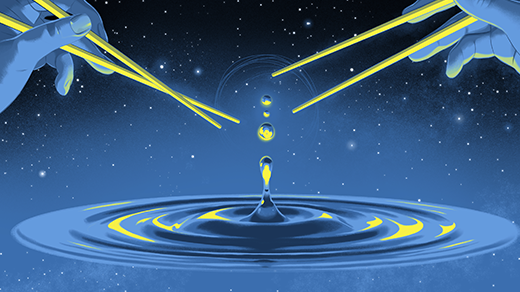What's up in
Experimental physics
Latest Articles
Why Is Ice Slippery? A New Hypothesis Slides Into the Chat.
A newly proposed explanation for the slipperiness of ice has revived a centuries-long debate.
Analog vs. Digital: The Race Is On To Simulate Our Quantum Universe
Recent progress on both analog and digital simulations of quantum fields foreshadows a future in which quantum computers could illuminate phenomena that are far too complex for even the most powerful supercomputers.
AI Comes Up with Bizarre Physics Experiments. But They Work.
Artificial intelligence software is designing novel experimental protocols that improve upon the work of human physicists, although the humans are still “doing a lot of baby-sitting.”
First Map Made of a Solid’s Secret Quantum Geometry
Physicists recently mapped the hidden shape that underlies the quantum behaviors of a crystal, using a new method that’s expected to become ubiquitous.
Finding Beauty and Truth in Mundane Occurrences
The physicist Sidney Nagel delights in solving mysteries of the universe that are hiding in plain sight.
What Happens When AI Starts To Ask the Questions?
Technology has forever served as science’s toolbox. But now that AI is being used to develop questions and methods as well, some scientists wonder what their role is going to become.
Exotic New Superconductors Delight and Confound
Three new species of superconductivity were spotted this year, illustrating the myriad ways electrons can join together to form a frictionless quantum soup.
Physicists Spot Quantum Tornadoes Twirling in a ‘Supersolid’
New observations of microscopic vortices confirm the existence of a paradoxical phase of matter that may also arise inside neutron stars.
It Might Be Possible to Detect Gravitons After All
A new experimental proposal suggests detecting a particle of gravity is far easier than anyone imagined. Now physicists are debating what it would really prove.

